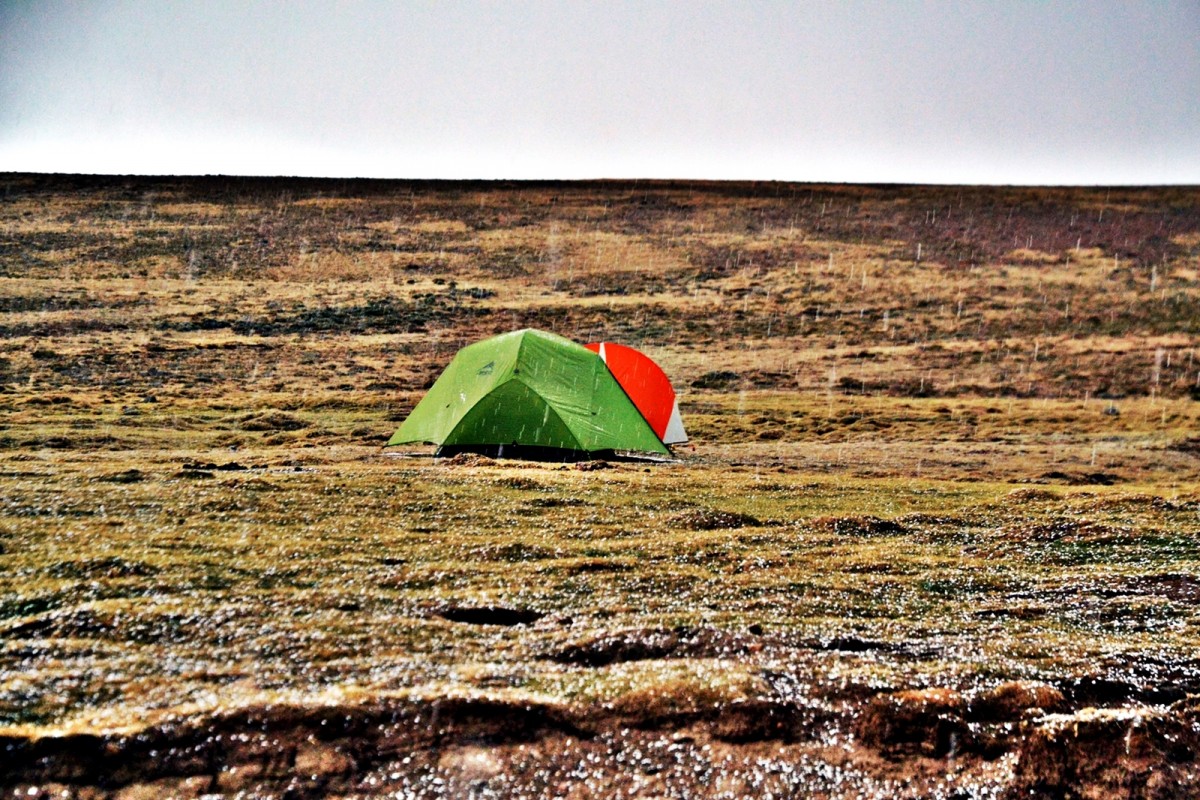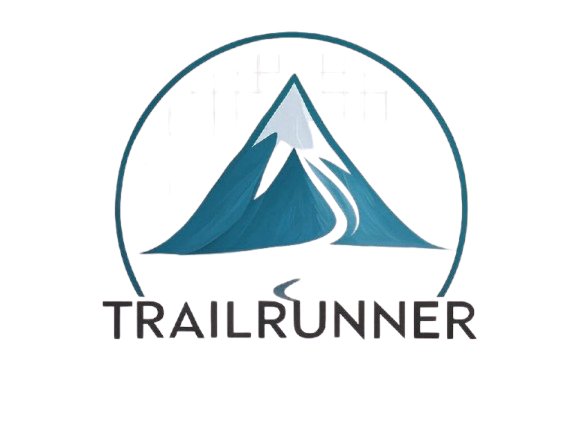Well into the Drakensberg Grand Traverse, we pick up this series of daily reports on its fifth day, with the plan to bag the third and fourth checkpoints. Writing by Robert Lorriman, photography by Pall Catt.
21 October – Tuesday – Day five
At last the alarm clock performed as desired, we woke at 04h30. Both of us took about 10 minutes to stir into activity. We packed up. There was ice on our tents. We set off up the little valley at 05h40. The intention was to cache our bags and walk in light equipment to the summit of Champagne Castle about 1.5km away across a valley a few hundred metres deep. We’d just passed over the ridge at the top of the valley and began surveying the options for hiding our cache when first sheep bells and then loud holas heralded the approach of inquisitive Basotho herdboys. That put paid to our light gear plan. Despite much swearing on my behalf, it was fortunate the the Basothos shouted as the whole area turned out to be quite heavily occupied and our kit would probably have been found with unfortunate consequences for our continued ownership and continued Traverse.
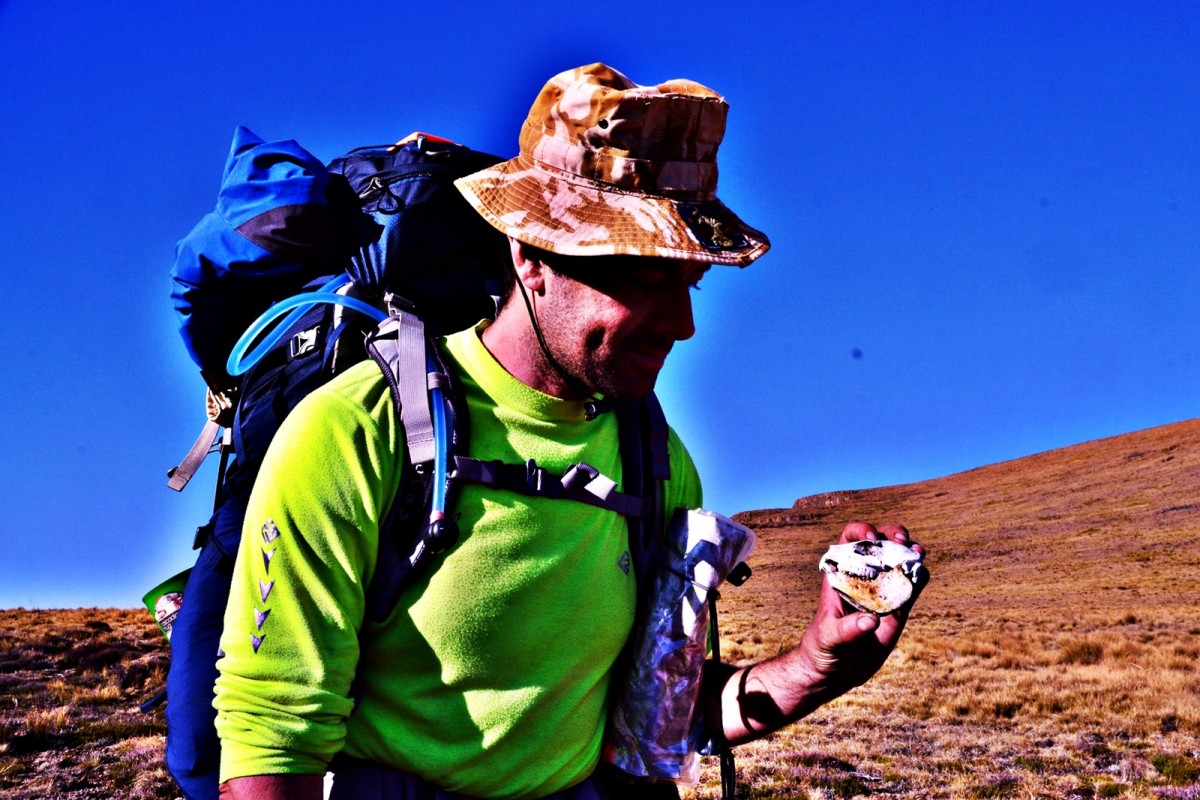
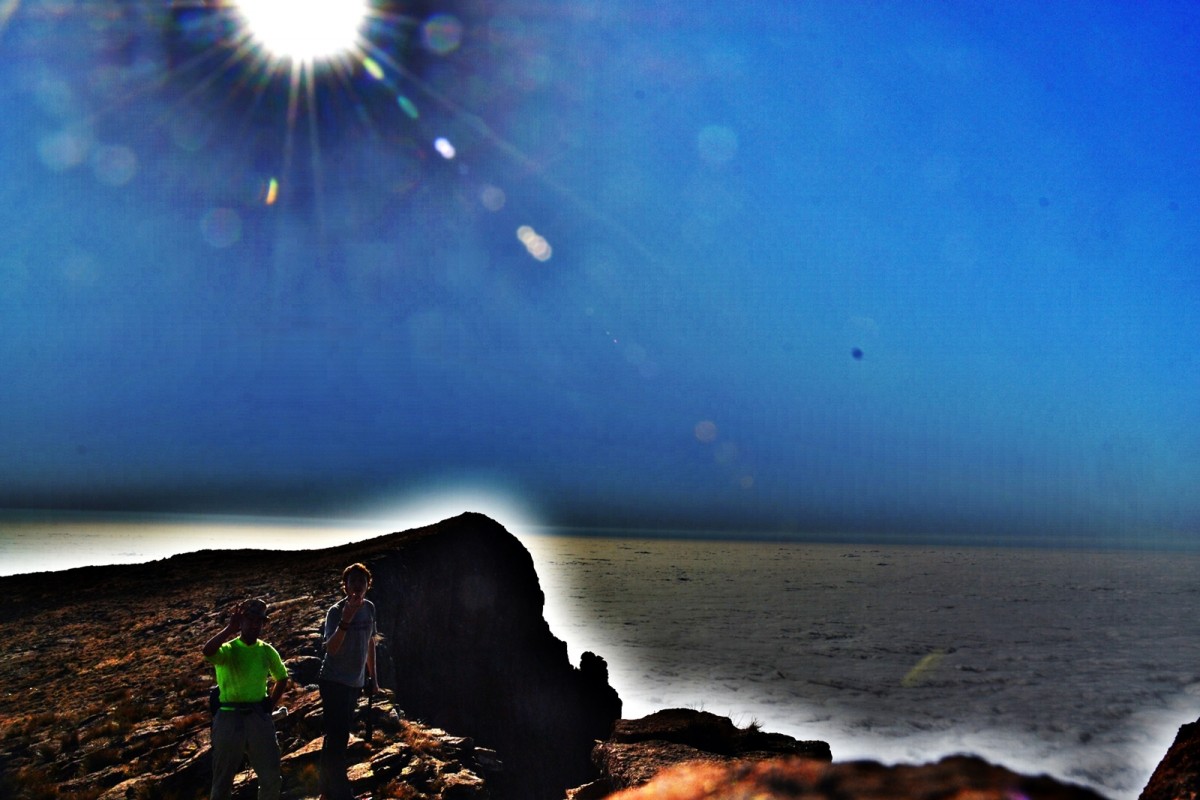
The sun was hot and the going steep both down the valley and up the other side to the summit. A little herd of reedbuck grazed in the valley bottom, moving on as we closed on them. Champagne Castle juts out from the escarpment. The views were spectacular. A virtual sea of cloud over the whole of South Africa, lapping against the escarpment edge some 150m below us and out as far as the eye could see. In places it looked like waves bursting through coastal stanchions, forever caught in the same explosive moment.
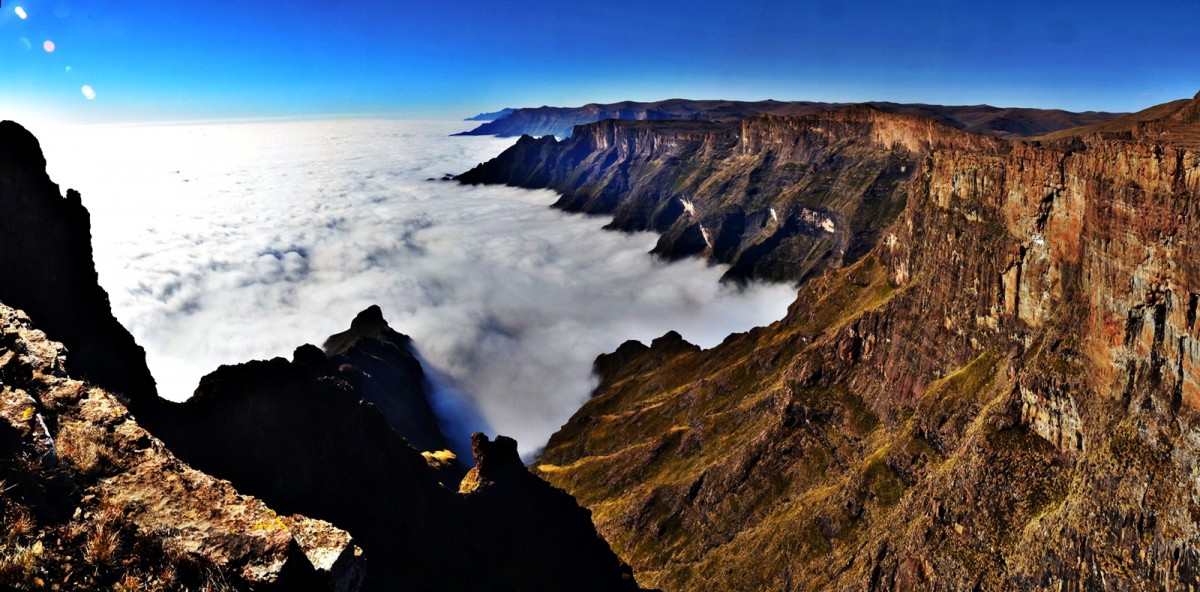
We pushed over the ridge towards the next long valley. The descent, that had looked hard from above and on the map, was surprisingly easy. It seemed as if we were on a continual pathway made of gentle steps from the continual passage of herdsmen and their herds making their way between their valley dwellings and the open pastures of the high escarpment.
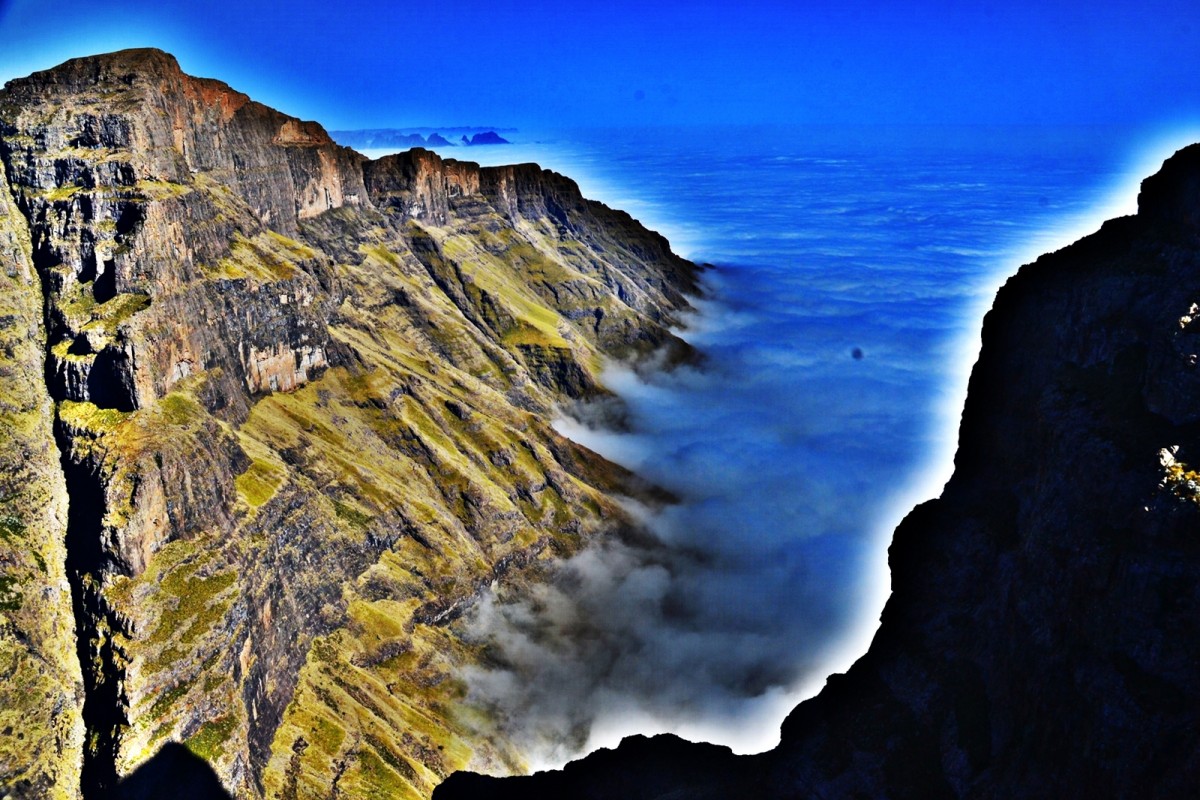
After another ridge we descended to the start of the long flat valley bottom, and water. I had all but run out on the initial descent. I had resupplied from a tiny pool, that definitely wasn’t flowing but smelt fine. I poured this water out and took just a litre of the new supply as we would be following the river for the next 4km. We made quick work of those kilometres and soon stopped for lunch pretty tired and with a major climb ahead of us. The cheese, salticrax and biltong were well received. It was about this time that we re-christened Laughing Cow. It became, ‘Magic Cheese’ as we always seemed to be magically revived by our lunch. We had developed a very definite though not planned routine: Pack up, walk until 08h00, breakfast, walk until 14h00, lunch, walk until dusk, supper and sleep.
We decided to ascend via a spur. We made 75m of climb and then contoured to the river. The spur was rocky and complex, the stream bed more predictable and easier going. The climb was long and hard. On reaching the saddle at the top of the climb, we decided to go direct for Mafadi, our next checkpoint on the Traverse and the highest peak in South Africa at 3450m. As there appeared to be a stream leading up to the immediate base of the feature, we agreed on the route and set off. We finally arrived and left our bags to climb to the top of the stacks of boulders. I noticed that Palls hair was sticking upwards and asked if my hair was doing the same, it was. We summited and took our pictures. The GPS was a long way off as usual but as we carefully clambered down the rocks to our bags, we noticed a near peak which looked suspiciously higher than our own recently conquered summit. After checking the map and re-consulting the GPS, we realised that we had made an error reading the map. Off we trotted for the real thing.
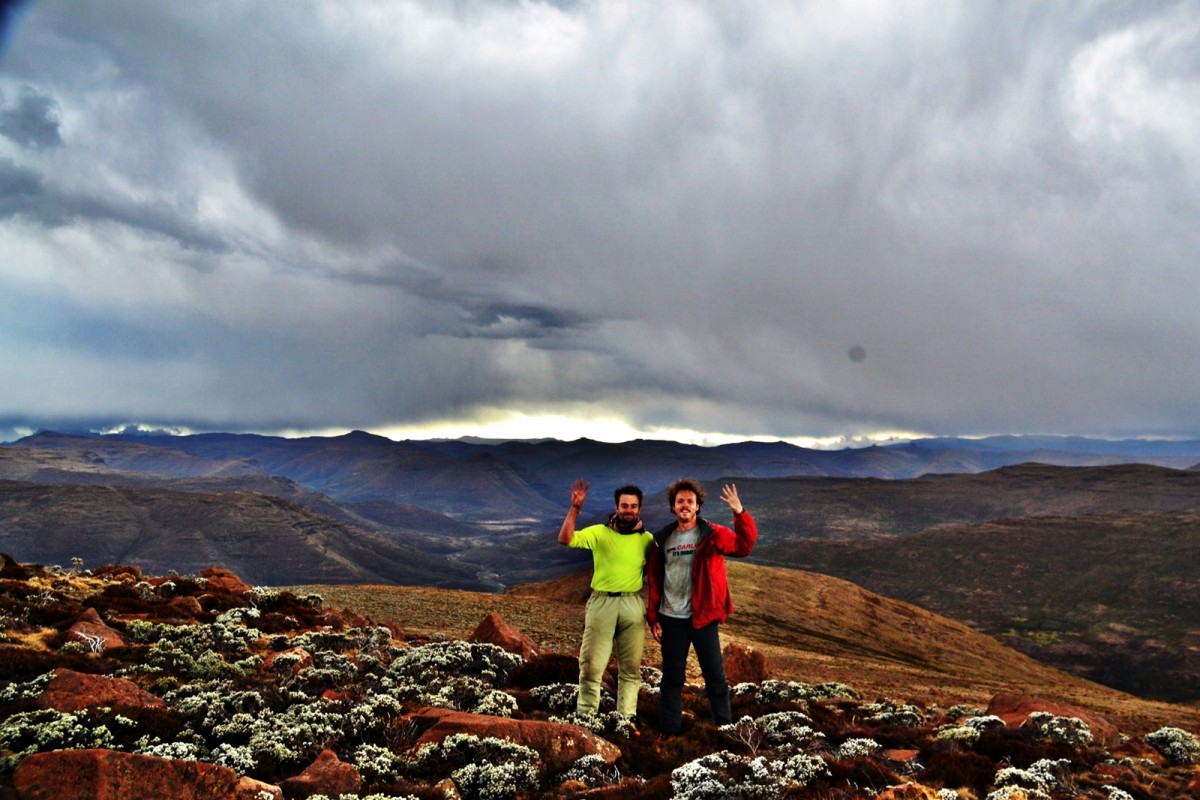
Our target was a mere 500m distant but as we approached, our hair again stood on end. We were racing for Mafadi against an ominously dark thunderstorm. The intervals between flashes of lightning and booms of thunder reduced dramatically. There was a distinct smell of struck flint as if a great release of charge had just split open the rocks we strode over. Pall told me he could hear a crackle in the air like static and feel tingling on his forehead. We decided that we had been lucky enough so far and that we should seek the safety of the near valley to sit it out. The storm had apparently settled in for the afternoon so we decided to pitch camp. The tents were up when the conditions turned more alarming and it started to hail down soft chunks of snow. We quickly concluded that sitting in a nearby dry stream bed was a safer option than in a metal framed, highly flammable tent on an open valley floor only 50 metres or so below the highest point in South Africa.
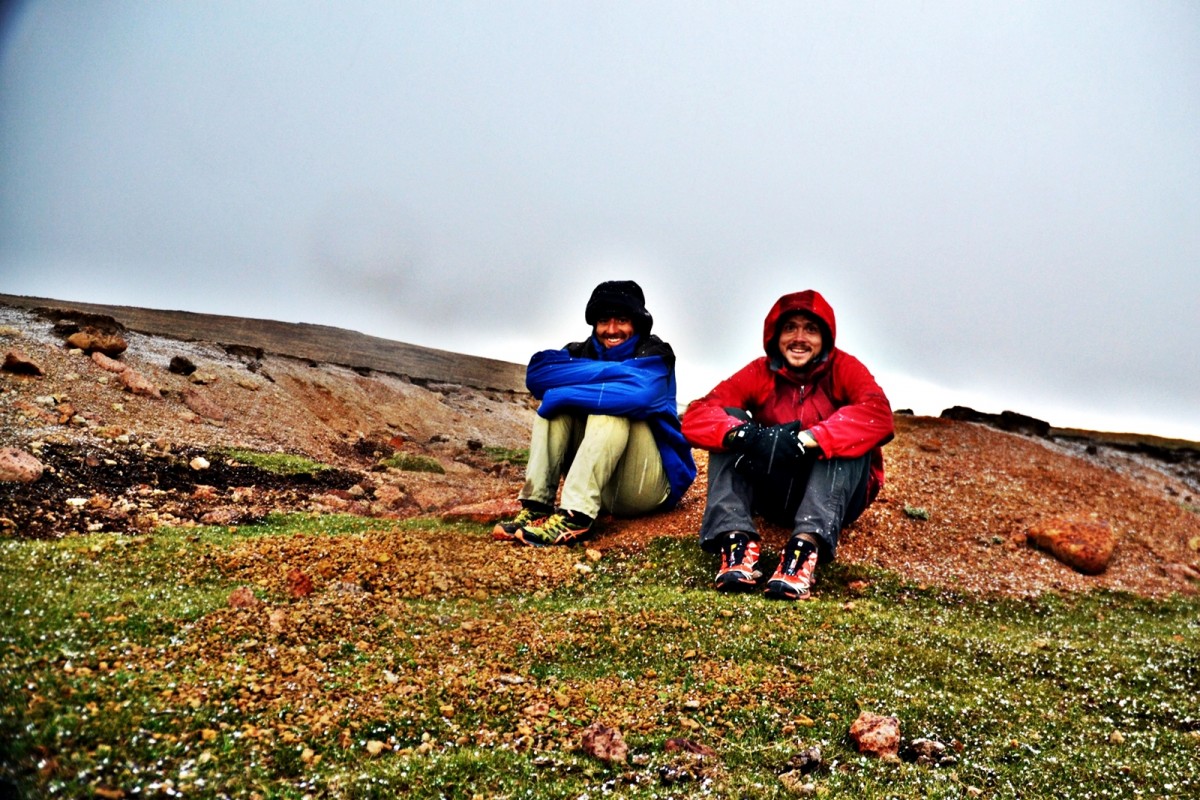
A few minutes passed, things seemed to have calmed and we returned to our tents. On the horizon which in this case was the side of Mafadi, I noticed a large number of figures apparently coming towards us. Initially we counted 13 Basothos. Later six more appeared. We felt a touch apprehensive at the thought of a confrontation with 19 staff wielding Basothos but as they weren’t in the least bit interested in us, we guessed that we were witnessing the return leg of their daily commute across the border via the highest peak in South Africa. Later, the weather turned hairy again and we returned to sit in the stream bed. During the renewed onslaught of chunky snow, I fashioned four wooden tent pegs and Pall used his bergan cover to keep dry. Finally, the storm moved on to towards the east. We returned to our tents. My tent pegs worked. Pall was dry, I was not. Some ponies appeared and joined us for the night calmly cropping the icy grass around our tents. Eventually, after dark in a cold sleet, we ate our ritual tuna and pasta.
